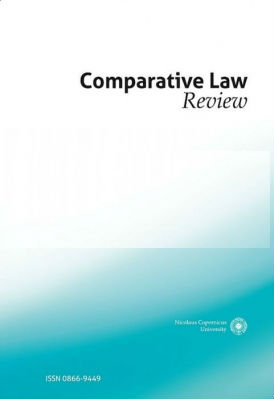THE PROBLEM OF THE INDETERMINATE DEFENDANT IN TORT LAW IN EUROPE
THE PROBLEM OF THE INDETERMINATE DEFENDANT IN TORT LAW IN EUROPE
Author(s): Katarzyna Krupa-LipińskaSubject(s): Civil Law, International Law, Philosophy of Law, Sociology of Law
Published by: Wydawnictwo Naukowe Uniwersytetu Mikołaja Kopernika
Keywords: tort law; alternative causation; indeterminate defendant; joint and several liability; proportional liability
Summary/Abstract: The article discusses the problem of the indeterminate defendant in European tort law systems and in the projects aiming to unify tort law in Europe, such as Draft Common Frame of Reference and Principles of European Tort Law. The given issue relates to a situation where there is a damage caused by one factor, yet upon available evidence one may indicate a few potential factors which might have led to the damage, but it cannot be ascertained which factor was the actual cause of it. The problem is addressed with reference to two scenarios. First, when there is a limited and known number of persons acting tortiously, each of whom potentially might have led to the damage, but only one of them had actually caused it. Second, when it is certain that one tortfeasor from the undetermined group of tortfeasors caused damage to some of the injured persons from the group of the injured persons, but it cannot be established precisely which tortfeasor caused damage to precisely which injured person. In comparative law analysis, one may find various attempts to deal with the given issue, which come from the balance of ratios given to different solutions, as well as the legal possibilities or obstacles in national tort law systems. The main possibilities are: all-or-nothing approach, joint and several liability, and proportional liability. Those solutions are discussed in article in more detail with conclusion that the bold proposition of proportional liability presented in Principles of European Tort Law seems to be the most appropriate.
Journal: Comparative Law Review
- Issue Year: 22/2016
- Issue No: 2
- Page Range: 15-34
- Page Count: 20
- Language: English

